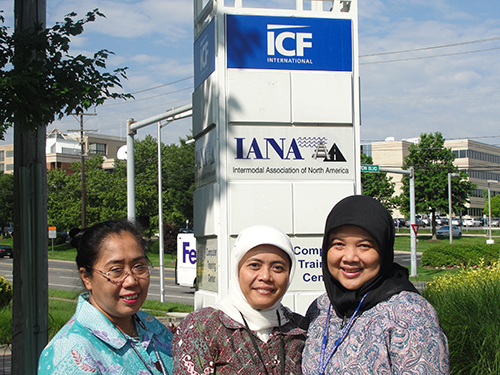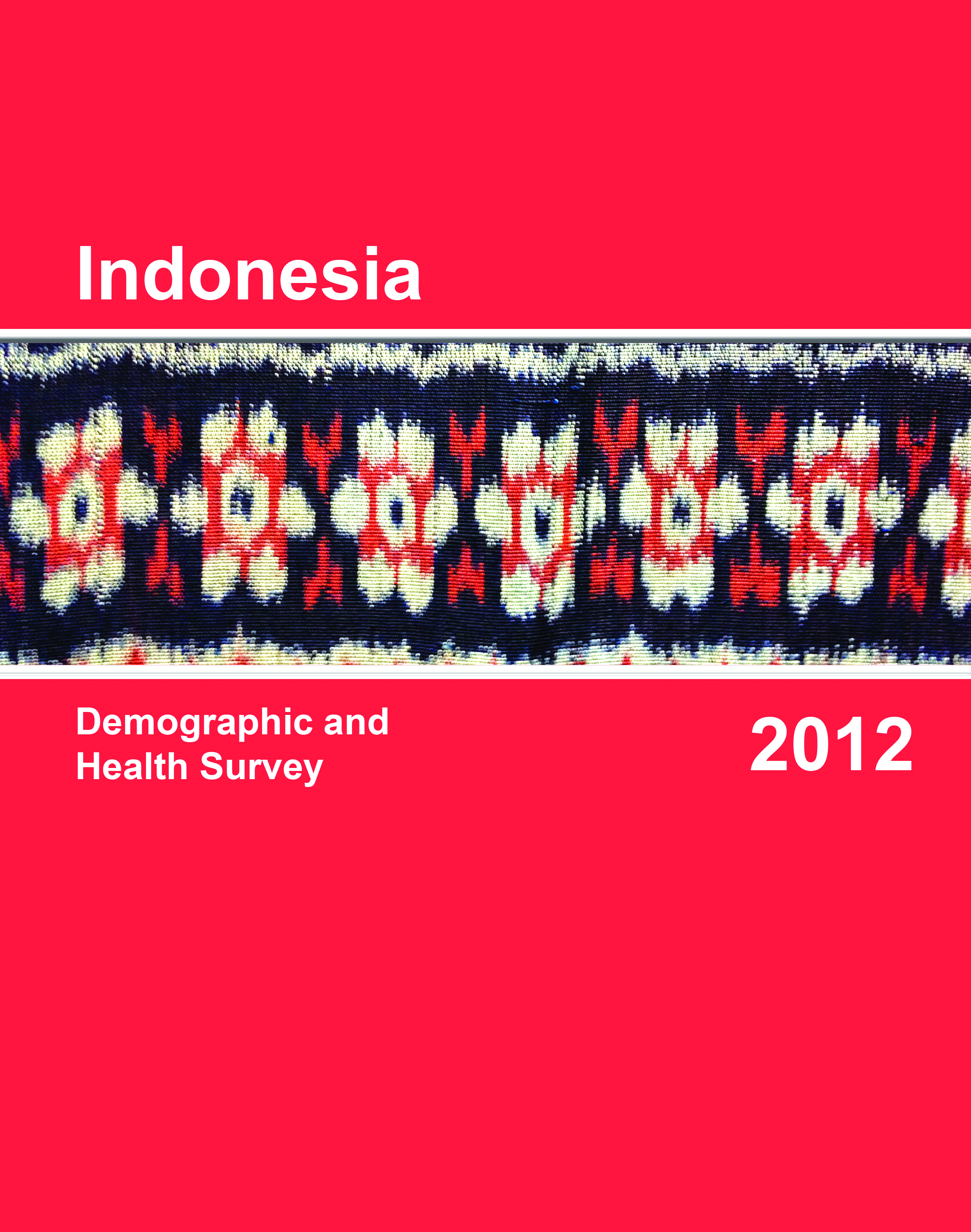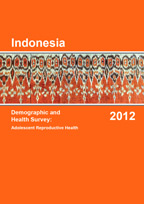Spotlight on Implementing Agencies: Indonesia
Atmarita, Krismawati, and Rina Herartri (L to R)
In June 2013, The DHS Program welcomed visitors from Indonesia’s Ministry of Health, Population and Family Planning Board and Bureau of Population Statistics. This is the first in a series of interviews with visitors toDHS headquarters.
Names:
Atmarita(Head of Division for Public Health Services, Center for Public Health Intervention Technology, National Institute of Health Research and Development, Ministry of Health), Rina Herartri (Researcher, National Population and Family Planning Board), andKrismawati (Head of Subdirectorate of Wage and Income, BPS-Statistics, Indonesia)
When not working, favorite place to visit:
Atmarita: Papua, Indonesia and Annapolis, Maryland
First time you worked withDHS data:
Atmarita: I used the 1991IDHS data for my dissertation.
Rina: 1997.
Krismawati: 2002.
What has been the nicest surprise visitingDHS headquarters?
Rina: It’s like a little UN and very nice people.
What do you miss most about home when you are here?
Atmarita: Mickey, my dog.
Rina: nasi goreng (fried rice) for breakfast.
Krismawati: my children.
What is the biggest difference between theDHS headquarters office and your office at home?
Rina: Tight security and an endless supply of coffee.
What is your favoriteDHS final report cover?
The 2007 IDHS (unanimous!)
FavoriteDHS chapter or indicator, and why?
Atmarita: The most important indicators are TFR [Total Fertility Rate], MMR [Maternal Mortality Ratio] and CPR [Contraceptive Prevalence Rate], because they are important in developing future strategy.
Rina: Fertility and family planning, the most important indicators of the achievements of my organization.
Krismawati: Fertility, as one of the inputs for the policy makers.
What population or health issue are you most passionate about? Why?
Atmarita: Use of contraception, especially among adolescents (age 15-24), because they are the high-risk group for future fertility and maternal health.
Rina: Fertility decision making, how it is affected by so many factors.
Krismawati: Adolescent Reproductive Health.
How do you hope theDHS data from your country will be used?
Atmarita: For evaluating the implementation of current programs and developing new strategy.
Rina and Krismawati: I hope it will be widely used by policy makers and academics as well.
What have you learned from theDHS experience?
Rina: Everything, from designing the survey, writing the reports, and disseminating the results.





Aktivitas yang hebat.